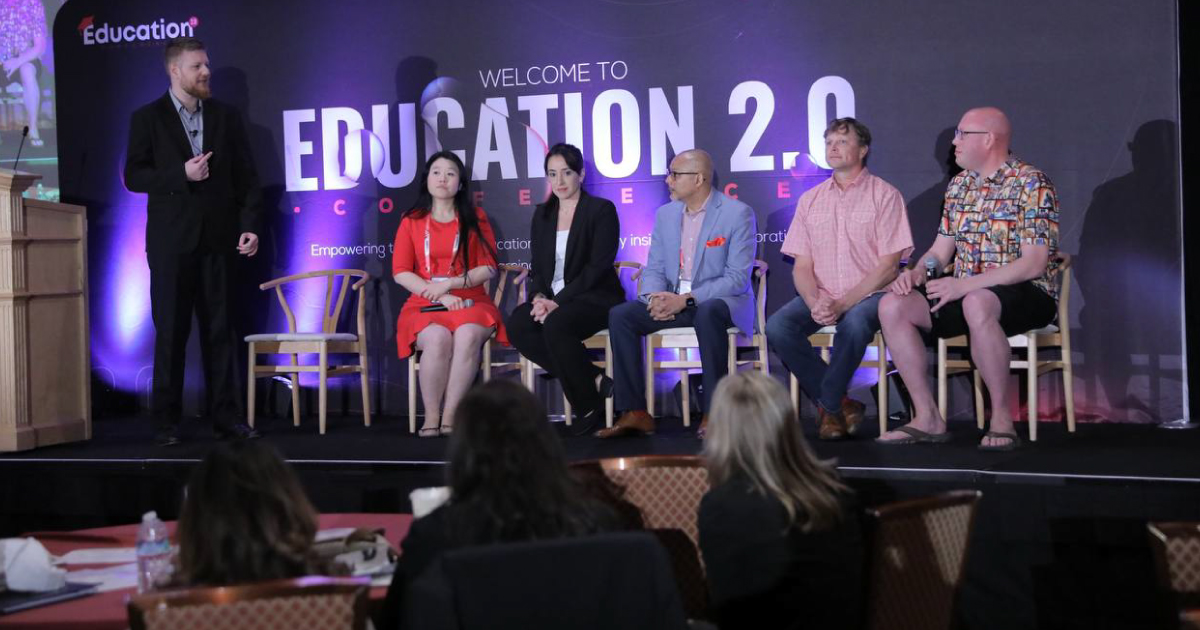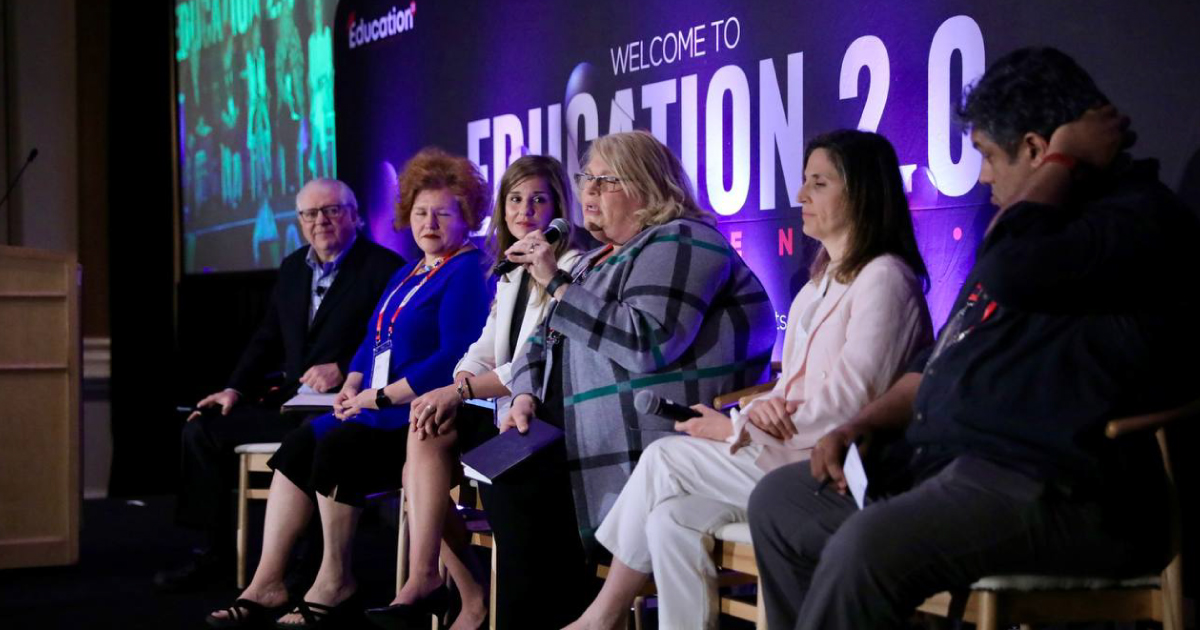
Cultivating A Culturally Sensitive Classroom: A Guide
Posted on : October 19, 2021

Developing cultural awareness and sensitivity in students ensures that they grow up to be well-rounded individuals who appreciate and respect different cultures. A multicultural classroom fosters inclusivity and promotes a greater sense of trust, belonging, and acceptance, all of which are critical in these tumultuous times.
As stressed at various post COVID education conferences in the USA, if approached with care, educating students to be culturally sensitive can be the key to eliminating cultural barriers and understanding unique perspectives and lived experiences.
Here are a few ways through which educators can help students to be more culturally aware:
Prepare a culturally-diverse and informed curriculum
Many educators primarily focus on the Western canon while teaching literature or art history. In fact, most classes don’t go beyond Shakesphere, Milton, Wordsworth, Van Gogh, or Monet. It is time to go beyond the Western classics!
In addition to this, given that you have a multicultural classroom before you, it is crucial that critical discussions on works of art involve topics that are connected to student identities, their lived experiences, and ethnic histories. Ensure proper representation of different cultures throughout the year through a wide range of discussions and activities.
Address language diversity
Schools are supposed to be safe spaces where students can learn and flourish. However, non-native English-speaking students are often ridiculed for their accents, which is why they often feel pressured to give up speaking their original language. Here, it is crucial that educators maintain, through examples and discussions, that different languages are unique and special in their own right. Equipped with awareness of the cultural and linguistic heritages of the students, educators can introduce the class to multicultural books and resources to encourage cross-cultural understanding.
Tweak your attendance policies
If you are an educator in a multicultural classroom, make sure that you request your students to inform them whether they will be unable to turn in an assignment or require a leave of absence because of special religious observances or practices. By doing this, you can tweak requirements accordingly for their convenience.
Change your teaching style
Teaching cultural sensitivity to your students goes beyond holding different activities and sharing resources. It involves embracing a completely student-focused approach to education. It begins with identifying unique differences and modifying instructional methods to cater to each student’s learning needs, while remaining sensitive to the varied experiences of those from underserved communities. It also involves being open to different perspectives and critiques. In such an environment, the educator must shed the role of an instructor, and instead, become a facilitator.
Signing off
Educational institutions must incorporate cultural sensitivity into daily instructional methods instead of viewing it in isolation. By embracing the above-mentioned strategies, educators can ensure that a positive learning, inclusive atmosphere is maintained, wherein learners evolve to be informed, empathetic, and compassionate members of the community.
To understand how you can implement such strategies and transform your classroom into a culturally responsive space, attend keynotes on this subject at the Education 2.0 Conference. The three-day education event in Las Vegas and Dubai will unite educators, activists, counselors, and administrators under one roof to envisage the future of global education and find solutions to present-day learning and teaching challenges.











